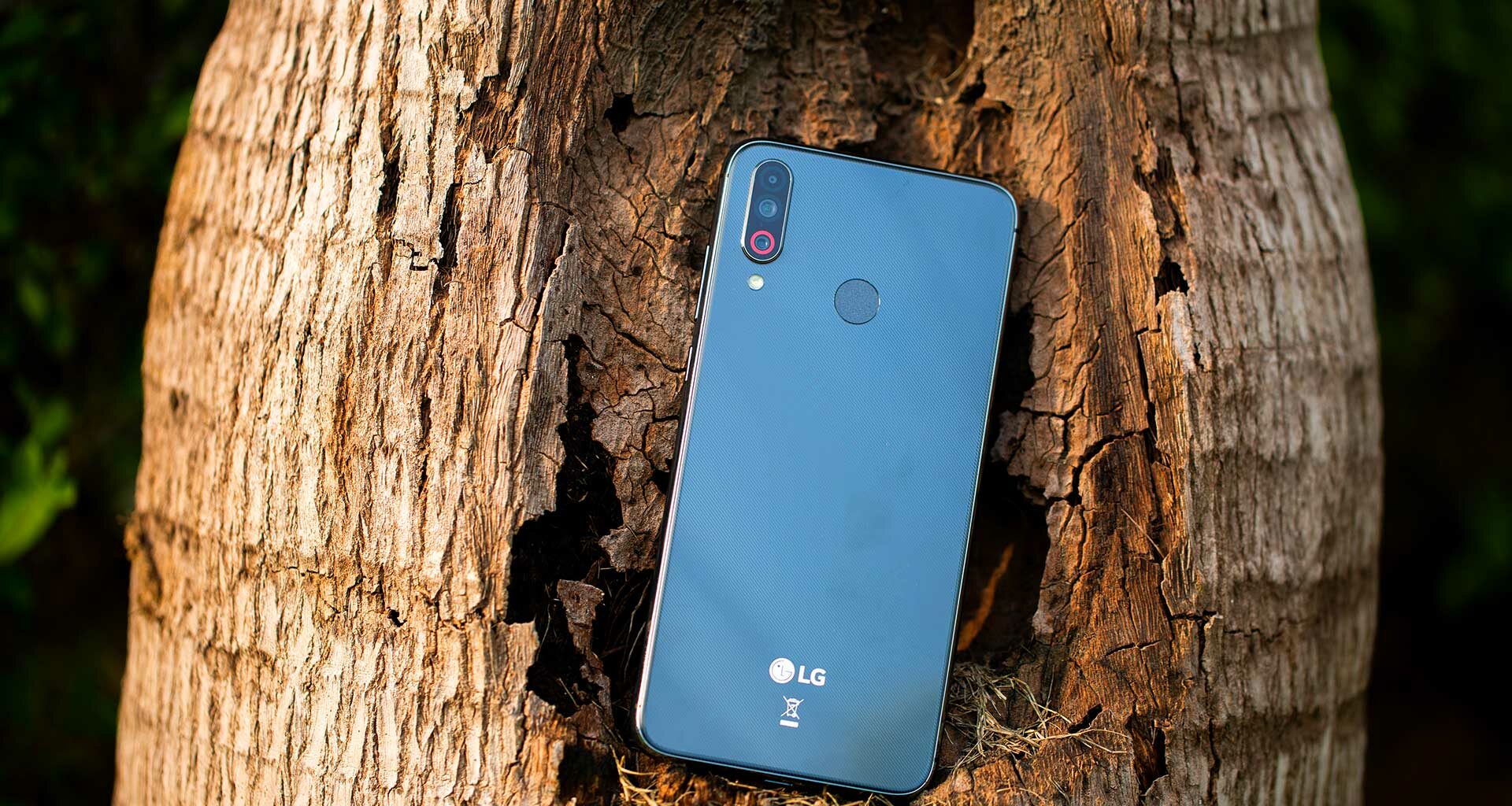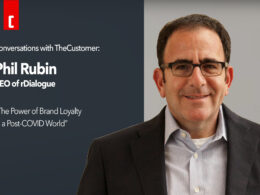In a pre-pandemic lifestyle survey, three everyday-artifacts were identified as absolutely essential to people’s everyday-lives. What were they, you ask? Well, the top-3 were keys, money, and mobile phones. Seen as indispensable across all participants, cultures, ages, and genders. A distinction wasn’t made between cell phones and smartphones, but smartphones would seem to have an edge in consumer’s lives. There are just so many of them! Smartphones, I mean. As a brand, you want as many of those as you can get. That time I was referring to consumers,.
As concerns smartphones, a lot of consumers have one. A little more than one-third of the earth’s population (37%) it turns out. It’s projected, in the very near future, 50% of the world will have a smartphone. So, a lot of smartphones interacting with a lot of lives. About 84% of Americans own a smartphone. Practically every person born after 1990 has a mobile device of some sort. That was the year the cellular revolution started and has flourished ever since. So, some kind of mobile phone is pretty much a given in most people’s lives.
They sure don’t go to waste, so you can see as how folks would consider them essential. American adults spend an average of 162 hours a month on smartphones. That comes to about 5 ½ hours a day. Consumers reach for their phones on average every 94 seconds. Do the math. That works out to about 81 days a year (22% of a year) staring at your mobile device’s screen! So, viewing-time between you and your mobile takes up a lot of your life. It’s become an actual dependency with an actual name. It’s called “compulsive communicating.” Sixty-six percent of smartphone users actually admit to being addicted to their phones.
So, yeah, “indispensable” is the right word. For both practical and psychological reasons. And because of that, smartphone brand-choice has become an imperative in consumers’ lives. Just as loyalty and brand engagement are imperatives for a brand’s healthy bottom line. According to our 2021 Customer Loyalty Engagement Index, Smartphone category rankings appeared as follows:
- Apple
- Samsung
- Motorola
- HTC
- Nokia
- LG
Because emotional engagement is always a leading-indicator of future purchases, these consumer assessments pretty neatly match up with real world brand shares-of-market. Samsung remains the leading smartphone maker worldwide, but these are U.S. evaluations. Apple dominates the U.S. market with a 44% SOM.
You need to be a brand that means something to your audience. You don’t want to be a category placeholder.
So – based on current loyalty rankings – we weren’t entirely astounded to hear LG is exiting the smartphone category, halting production and sales as of July 31st. They entered the mobile phone business in 1995, but have been running in the red for the past 23 straight quarters. They’re leaving with 2% of the smartphone market globally. That translates to 10% in the United States and #6 on our Loyalty and Engagement Index. You do the math. As additional proof-of-concept for emotional engagement as a predictor of loyalty (and ultimately profitability), we looked back at 2014 customer loyalty assessments when LG was still running in the black. Back then, LG was rated #3, just behind Samsung and Apple, was doing well, and was profitable. What happened?
The thing is, within the context of the mobile category, when asked to describe “Apple,” the most frequent adjective consumers use is “design.” When it comes to LG, consumers most-often said, “smartphone.” Uh oh! You need to be a brand that means something to your audience. You don’t want to be a category placeholder. You need to be a brand that meets customer expectations and emotionally engages. There’s a difference between being emotionally engaging and technologically-advanced. And while those are not mutually-exclusive, if a brand has the choice, it’s always smarter to go with emotionally engaging.
Which was too bad for LG because they were technologically-advanced. Their Wing model could swivel 90 degrees, forming a T-shape that made multitasking easier. Their double-tap feature could turn the screen on and off. In January, at CES, LG revealed the Rollable, a smart phone with a screen that was actually resizable. No, really! A screen that could slide in and out to provide a bigger screen area. A phone you could turn into a small-display tablet.
And while it all sounds cool, and even innovative, all those things didn’t quite meet enough of consumers’ real expectations to gin up a bigger market share. Or, unfortunately, more more-loyal consumers. Expectations are critical. Particularly among a deep-pocket audience willing to spend $1,000 or more to make the newest models part of their lives.
Back in 2009, while examining our predictive metrics, we noticed that consumer values dealing with smartphones and the then-nascent “tablet” category were blending together. Back then, looking at something halfway between a phone and a tablet, we offered up the concept of a “phablet.” OK, “phablet” may not have been the most creative of titles we ever came up with. But at the time it really didn’t matter what we called them because there weren’t enough of them to matter or measure. We did, however, mention they might require larger pockets in clothing. Just saying.
But now, with each passing season, another wave of mobile devices is released, more capable and powerful than the preceding generation. And mostly meeting customer expectations. Armed with a current-model smartphone – or even one from a few years ago – consumers seem to be able to handle everything in their lives. Cool stuff like “resizable screens” ends up being a case of technology trying to create expectations instead of creating technology to meet consumers’ real expectations.
Expectations are part of life. Understanding and meeting customer expectations are critical parts of a brand’s life. John Lennon noted, “Life is what happens when you’re busy making other plans.” But given the import and indispensability of smartphones in consumers’ lives today, that thought is, perhaps, better expressed as, “Life is what happens when your smartphone is charging!”
 Robert Passikoff is founder and CEO of Brand Keys. He has received several awards for market research innovation including the prestigious Gold Ogilvy Award and is the author of 3 marketing and branding books including the best-seller, Predicting Market Success. Robert is also a frequent contributor to TheCustomer.
Robert Passikoff is founder and CEO of Brand Keys. He has received several awards for market research innovation including the prestigious Gold Ogilvy Award and is the author of 3 marketing and branding books including the best-seller, Predicting Market Success. Robert is also a frequent contributor to TheCustomer.
Photo by Mitul Gajera on Unsplash.













